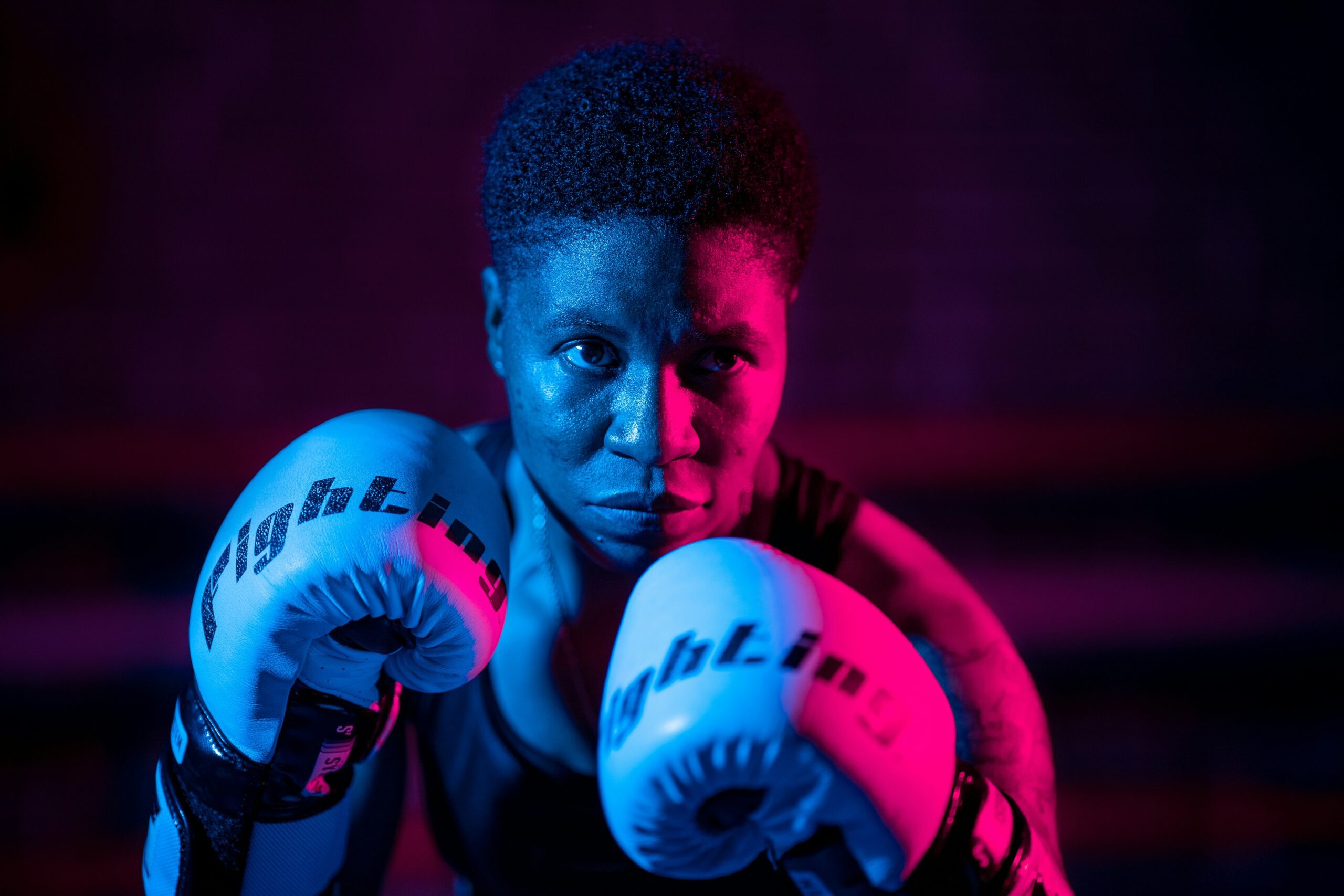

Introduction to storytelling in sports journalism
Sports journalism is more than just reporting scores and stats. It’s about capturing the human experience behind every play, every match, and every athlete’s journey. At its core, storytelling transforms dry information into a vivid narrative that resonates with fans. Imagine reading an article that not only informs you but also stirs your emotions and makes you feel connected to the players on the field.
As aspiring bloggers in this dynamic field, mastering the art of storytelling can set your work apart from countless others. It’s like turning a simple highlight reel into a gripping movie—one where readers are eager to learn what happens next. Embrace your creativity! Let’s explore how to weave compelling stories into sports blogging for an unforgettable impact on your audience.
Tips for incorporating storytelling into sports blogging
To weave storytelling into your sports blog, start by identifying a central theme. This could be the journey of an athlete or the significance of a memorable game. A strong narrative draws readers in.
Use vivid descriptions to paint pictures with words. Instead of stating facts, evoke emotions and experiences that resonate with your audience. Describe not just what happened, but how it felt.
Engage your readers by including quotes from players or coaches. These insights add depth and authenticity to your story.
Don’t shy away from conflict—every great story has its challenges. Highlight struggles faced on and off the field; this will give context to triumphs.
Maintain a personal touch throughout your writing. Share anecdotes or reflections that relate back to you as a fan or writer. This connection fosters engagement and keeps readers invested in what you have to say.
Importance of research and interviews in storytelling
Research and interviews are the backbone of compelling sports storytelling. They breathe life into your narratives, providing depth and authenticity.
When you dive deep into statistics, player histories, or game strategies, you uncover unique angles. These details not only engage readers but also enrich your story’s context. It’s about weaving facts with emotion.
Interviews add a personal touch. Speaking directly to athletes or coaches allows their voice to shine through your writing. Their experiences, struggles, and triumphs can transform an ordinary recap into an inspiring tale.
Consider how quotes can elevate your narrative. A heartfelt comment from a player after a tough loss resonates more than any commentary could convey.
Incorporating these elements creates a richer tapestry for your audience. They want to feel connected—not just informed—about the sport they love.
Using multimedia to enhance the storytelling experience
Multimedia can elevate your sports storytelling to new heights. It adds depth and richness that words alone often cannot convey. Think about using videos, podcasts, or infographics to bring your narratives to life.
Imagine a thrilling game-winning shot captured in slow motion. A video can show the intensity of the moment far better than any description could.
Photos also play a crucial role; they capture raw emotions and pivotal moments that resonate with readers on a personal level.
Podcasts allow for deeper dives into player stories or behind-the-scenes insights, creating an intimate connection with your audience.
Infographics are perfect for breaking down complex statistics or timelines in an engaging way. They make information digestible while keeping the story visually appealing.
Integrate these elements seamlessly into your posts to create a dynamic experience that keeps readers coming back for more.
Potential challenges and how to overcome them
Storytelling in sports journalism can be challenging. One common hurdle is capturing the emotional essence of a game or athlete. It requires keen observation and an ability to empathize with your subjects.
Another challenge is maintaining accuracy while crafting a compelling narrative. Misrepresenting facts can undermine credibility, so balance is crucial. Double-check statistics and quotes to ensure you have a solid foundation.
Tight deadlines can also stifle creativity. When time is short, focus on one key story element that resonates most with your audience instead of trying to cover everything at once.
Then there’s writer’s block—a frustrating roadblock for any blogger. To overcome this, take breaks or switch environments to spark new ideas. Sometimes inspiration comes from unexpected places.
Engaging readers amid fierce competition demands innovation and freshness in storytelling techniques—keep experimenting until you find what works best for your style and audience preferences.
Conclusion: Why storytelling is crucial in sports journalism and how bloggers can use it to their advantage
Storytelling in sports journalism is not just a technique; it’s an art form that transcends the game itself. It draws readers in, creating an emotional connection to athletes, teams, and their journey. For aspiring bloggers, mastering this craft can set you apart from the crowd.
When you tell stories well, you invite your audience into a world filled with drama and passion. You make them feel like they’re part of something bigger than themselves. By weaving narratives around statistics and scores, you transform ordinary coverage into compelling content.
Research plays a pivotal role here. The more informed you are about your subject matter—players’ backgrounds, team histories, or pivotal moments—the richer your storytelling will be. Interviews add depth; they allow voices to resonate beyond the written word.
Multimedia elements like videos or podcasts can elevate your narrative further. They provide texture and context that words alone sometimes cannot convey.
Challenges will arise as you navigate through different story angles or work on maintaining originality while staying true to facts. However, these obstacles are opportunities for growth rather than roadblocks.
Understanding how essential storytelling is can empower bloggers to present sports in captivating ways that engage audiences deeply and personally. By honing these skills, you’re not just reporting scores but crafting experiences readers won’t want to miss out on.
